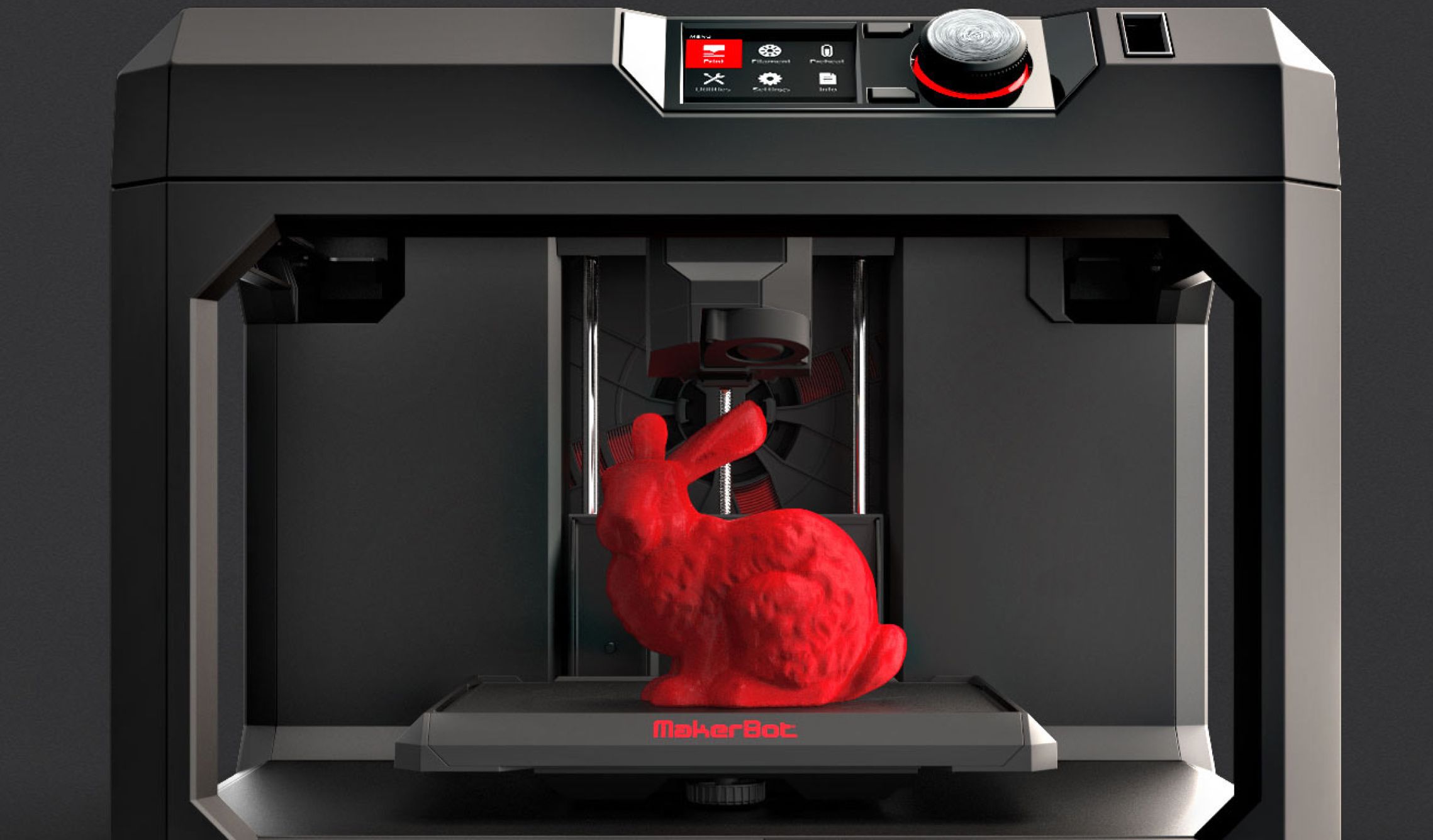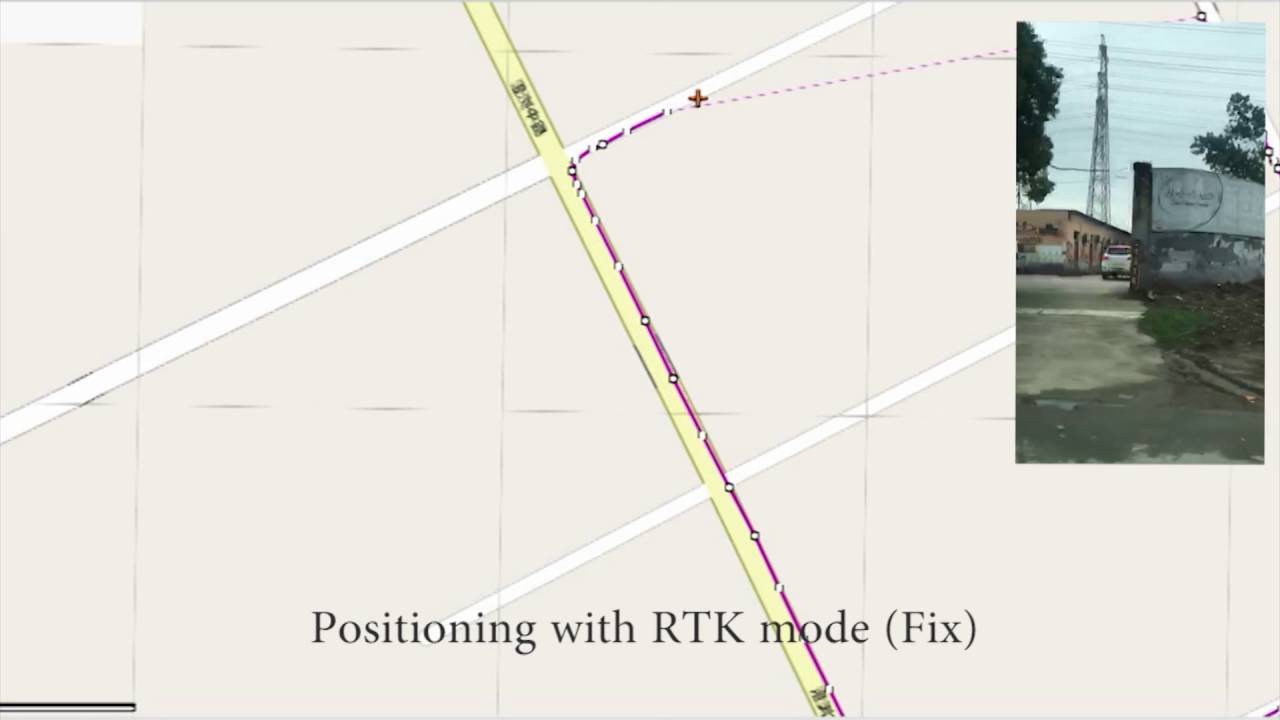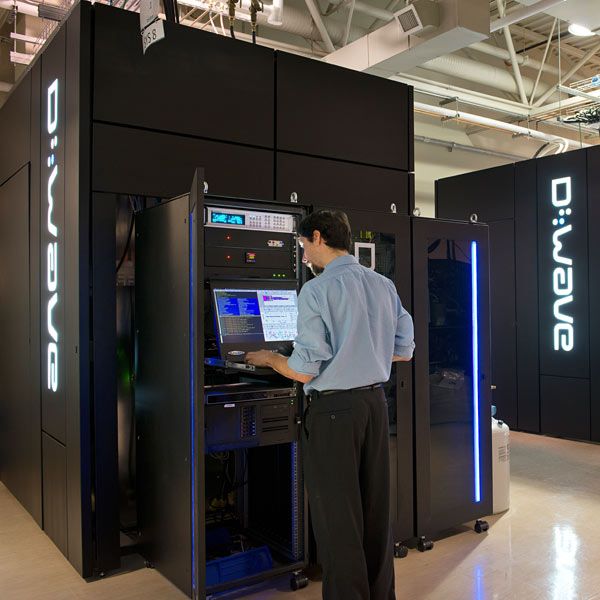Interesting and true on many situations; and will only expand as we progress in areas of AI, QC, and Singularity as well.
The use of algorithms to filter and present information online is increasingly shaping our everyday experience of the real world, a study published by Information, Communication & Society argues.
Associate Professor Michele Willson of Curtin University, Perth, Australia looked at particular examples of computer algorithms and the questions they raise about personal agency, changing world views and our complex relationship with technologies.
Algorithms are central to how information and communication are located, retrieved and presented online, for example in Twitter follow recommendations, Facebook newsfeeds and suggested Google map directions. However, they are not objective instructions but assume certain parameters and values, and are in constant flux, with changes made by both humans and machines.









